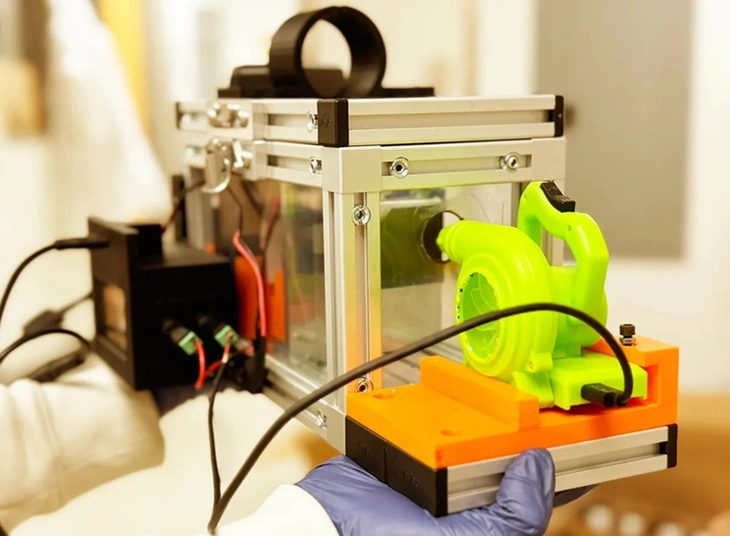
Prototype of device that detects disease signs in human breath - Photo: BOZHI TIAN, UNIVERSITY OF CHICAGO
The research team created a prototype called the airborne biomarker locator (ABLE), which is capable of condensing airborne molecules into concentrated liquid droplets, according to LiveScience on June 24.
Study co-author Bozhi Tian, a professor at the University of Chicago (USA), said the droplets produced by ABLE are compatible with existing technology, such as simple test strips, making the device "accessible and low-cost".
Many tests require blood, saliva, or urine samples, but these can be dangerous, inconvenient, or both for the patient. Breath sampling can help overcome these problems.
The body emits volatile organic compounds (VOCs) – small organic molecules that are usually gaseous at room temperature – and these can be found in human breath. Some scientific research suggests that specific chemicals may be linked to medical conditions, making them potential diagnostic tools.
Recently, scientists compiled a database of 327 different VOCs in exhaled breath, which are thought to be linked to diseases such as asthma, diabetes, and lung cancer.
The team says the prototype device measures 10x20cm and cost less than $200 to build. ABLE can collect about 1ml of condensate droplets in 10 minutes, providing enough sample for existing liquid testing methods.
The team also experimented on mice that had been infected with bacteria since birth. They compared the levels of inflammatory regulators called glycosphingolipids in the breath of the two groups of mice and found higher levels in the preterm group.
The team also used the device to collect airborne pollen allergens and confirmed that ABLE could be used as an air quality monitor.
However, further research is needed to catalog potential biomarkers and determine their usefulness in clinical settings.
The team is starting by working with doctors who treat inflammatory bowel disease to try to identify signs of inflammation through the breath. They are also working to miniaturize the device, make it wearable, and work toward commercializing it.
The team hopes the device could help simplify medical diagnosis by making health monitoring simpler, such as simply breathing into a device.
Source: https://tuoitre.vn/may-do-hoi-tho-giup-phat-hien-dau-hieu-benh-20250625111444568.htm


![[Photo] General Secretary To Lam and National Assembly Chairman Tran Thanh Man attend the 80th Anniversary of the Traditional Day of the Vietnamese Inspection Sector](https://vphoto.vietnam.vn/thumb/1200x675/vietnam/resource/IMAGE/2025/11/17/1763356362984_a2-bnd-7940-3561-jpg.webp)











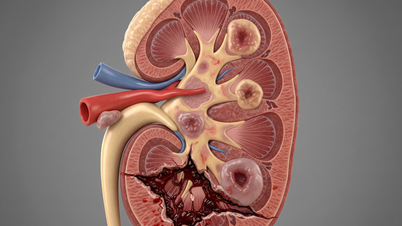








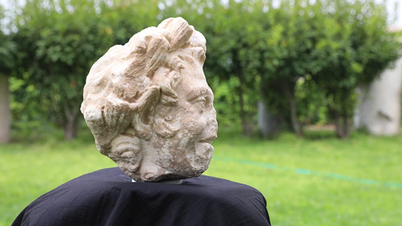



































































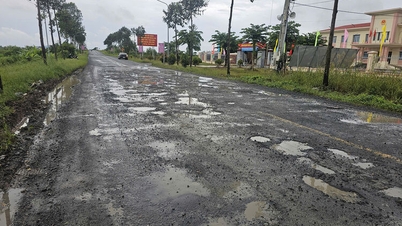



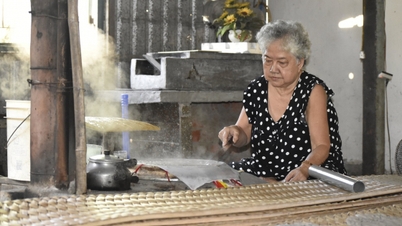












Comment (0)